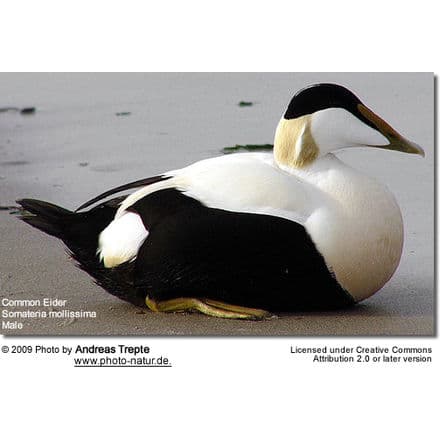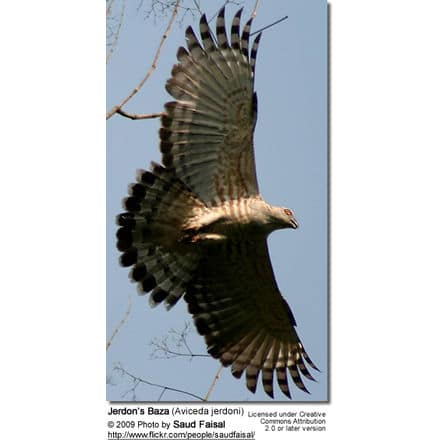Green Wood Hoopoe (Phoeniculus purpureus)
The Green Wood Hoopoes (Phoeniculus purpureus) are also known as Red-billed Wood Hoopoes. These common wood hoopoes are native to Africa.
Distribution / Range
The Green Wood Hoopoe is widespread and common in the forests and woodlands of most of sub-Saharan Africa. These birds are mostly resident (non-migratory).
Description
These large birds measure about 44 cm in length, including their very long tails.
Their plumage is mostly metallic dark green, with a purple back and tail. There are white markings on the wings and the sides of the tail. The red bill is long, thin, and curved.
Males and females look alike, but immatures can be identified by their black bills.
Breeding / Nesting
The nest is typically made in a tree cavity or an abandoned barbet nest.
The average clutch consists of 2 – 4 blue eggs, which are incubated by the female alone.
The young are fed by the female and other members of the group.
This species is often parasitized by the Greater and Lesser Honeyguide, who lay their eggs into the Wood Hoopoes’ nests for them to raise their young as their own.
Diet / Feeding
The Green Wood Hoopoes mostly feed on insects found on the ground, on termite mounds, or on tree trunks.
Outside the breeding season, they typically form flocks.
Calls / Vocalizations
Their vocalizations are described as noisy Kuk-uk-uk-uk-uk calls.




